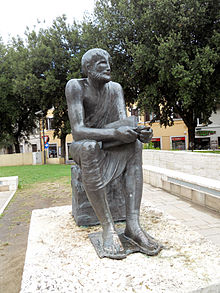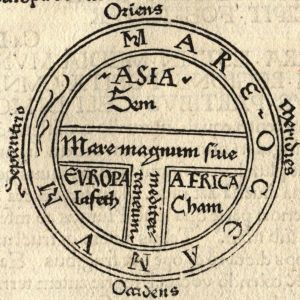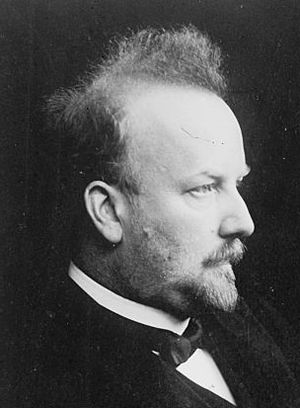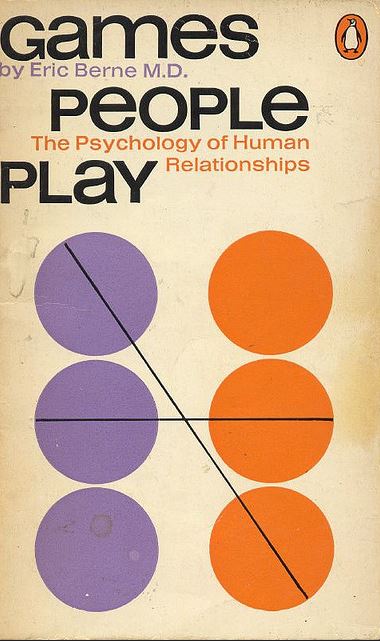
How do we account for Christianity growing out of Judaism yet being so unlike Judaism? Part of one possible answer lies in the recognition that there was no normative Judaism as we understand it prior to the destruction of the Temple in the year 70. Noncanonical Second Temple writings such as the Book of Enoch point to the existence of Jewish sectarians who had radically different ideas about contemporary Temple practices and priesthood, cosmology, the law, wisdom, even the angelic world and Godhead prior to the rise of rabbinic Judaism following the destruction of the Temple. Margaret Barker and others have noticed quite a few distinctively Christian ideas resonating in some of these early books such as the Book of Enoch and that came to be sidelined by later Jewish rabbis. We know, of course, that the Book of Enoch is even quoted in New Testament writings.
This post continues earlier ones taken from a 1981 Journal of Biblical Literature article by George W. E. Nickelsburg, “Enoch, Levi, and Peter: Recipients of Revelation in Upper Galilee”. (Note, though, that I am not reproducing many of N’s details. This post is only a selection of the points he makes.)
It considers the details of Peter’s commissioning as the Rock of the Church in the context of narratives found in Enoch and their adaptations again later in the Testament of Levi (pre-Christian version). Peter emerges as a possible replacement to the High Priest of the Temple, which was, of course, doomed to destruction. The story of Peter and his role in the Gospel of Matthew, at least, grew out of that branch of Jewish religion that opposed the Temple practices and drew upon writings such as the Book of Enoch that did not make it into the rabbinic and later Christian orthodox canon.
I suspect the narrative was composed long after the temple’s destruction, and is an etiological tale to explain how the Church is now the new Temple and Kingdom of God with the Jews having been punished be destruction, slavery and scattering.
Continue reading “Peter, in the Enoch tradition, commissioned to replace the High Priest?”









